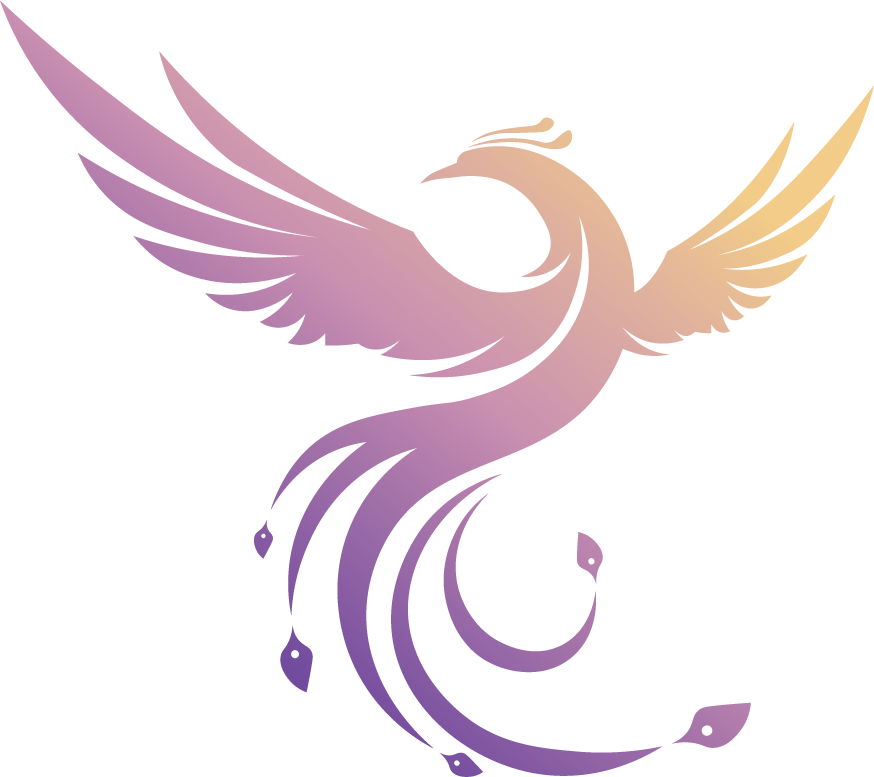I’ve been exploring neurographic art the past few weeks. Slowly but surely, it is helping me transform my relationship with my emotions. This art form was developed by Pavel Piskarev in 2014 as a tool for enhancing one’s thinking and connecting to the subconscious.
The Process
At its core, the idea is to release emotions, questions, or problems on to the page using curvy ‘neurolines’ as they are called. When your hand wants to go in a particular direction you ‘force’ it elsewhere. The lines should extend off the page and crisscross each other frequently. This part of the activity is supposed to be very quick (only a few minutes) – not allowing for much cognition. It should emanate from your subconscious and extend onto the page.
Once the initial ‘neurolines’ are complete, one rounds all the sharp intersecting spaces; creating what looks like neurons. This part of the exercise can be somewhat time consuming, but it is here where the magic happens. Rounding these lines with care and intention can bring you into a pseudo meditative state. I personally feel my anxiety fall away as I ‘round off’ the sharp edges of my emotions.
After you have completed all the rounding, you are encouraged to bring color into your design, add more ‘neurolines’, or other features you find aesthetically pleasing. This step is also very relaxing and rewarding.
Using This Technique
There are hard and fast rules for neurographic art, and a basic ‘algorithm’ defined by Dr. Piskarev. It seems however, that many therapists using his method do not adhere steadfastly to these rules, but more to a general framework, expanding and exploring the methodology to better serve their client’s needs.
You have a problem that needs a solution. Write that problem on the back of a blank piece of white paper. Brainstorm some feelings associated with this problem by writing ten or more words beneath. Then begin the process I’ve described above. A solution might not immediately present itself, but with consistent neurographic practice, and a little patience, some new connections will be made, and a creative solution should present itself.
Another wonderful fact about his technique is that anyone can access it. You certainly don’t have to be an artist. You may never have had a creative impulse or even held a drawing pencil. Regardless of your skill level, this art form is accessible and transformative.
How It Works
Creating these ‘neurons’ on paper, subconsciously form connections in your brain with new thoughts and feelings. With mindfulness and awareness, you can channel difficult emotions into something beautiful. Getting lost in the process helps move those difficult emotions through you.
According to the Neurographica® Academy:
Neurographica® was developed by the Russian philosopher, psychologist, architect, and Professor Pavel Piskarev in 2014, and it’s built on solid scientific principles, combining visual thinking with the laws and patterns identified by various schools of psychology. Namely: neuropsychology, analytical psychology, Gestalt psychology, Psychosynthesis, social psychology and modern management theory.
Much can be said about Piskarev’s theories and methodology. He speaks Russian, and interviews with him generally have a translator. He has two books, both in Russian, which I have yet to find English translations for. You can find many courses in neurographic art online through his institute and elsewhere. Piskarev also offers courses to become a certified instructor in his methods (through Neurographica® Psychology of Creativity Institute), but they are very pricey. For now, I have chosen to follow some therapists who use Neurographica® in their practices via YouTube.
Necessary Tools
Additionally, you should have all the tools you need on hand. You don’t need to purchase anything special. Just a plain permanent black marker and some paper is the perfect way to begin. When you are ready to add color, crayons, pencils, markers, or paint are equally wonderful choices. I have included links below to some of my favorite supplies if you are feeling adventurous.


My Process
Scattered through this post are the first few neurographic pieces I’ve completed. I’m venturing into new ‘algorithms’ now, as well as some new supplies to enhance my experience. I am also selling these pieces. They are very much a part of me, but funds are tight. Maybe someone out there will enjoy my creations and want to own one. If you click on the piece of artwork, it will bring you to a page where you can purchase the original.
It took me three days to complete my first attempt. I started with a very large piece of paper and added color with pencils. To complete my pieces in one or two sittings, I have scaled the size down and explored alternative ways to add color (watercolors, markers, etc.). I am considering working much larger but using only paint as a medium. I’ll let you know how that goes!
If you attempt to use Neurographica® as part of your personal journey and would like to share your artwork, I would LOVE to see it. Feel free to snap a photo of it and email it to: tara@transformingtara.com or use the contact me form. I won’t share it publicly unless you want me to. I have a feeling this will not be my last post about the benefits of neurographic art.
Discover more from Transforming Tara
Subscribe to get the latest posts to your email.









